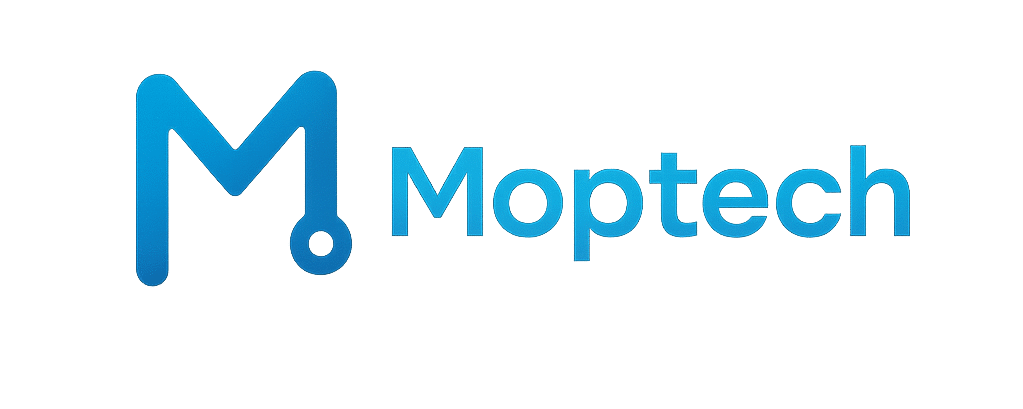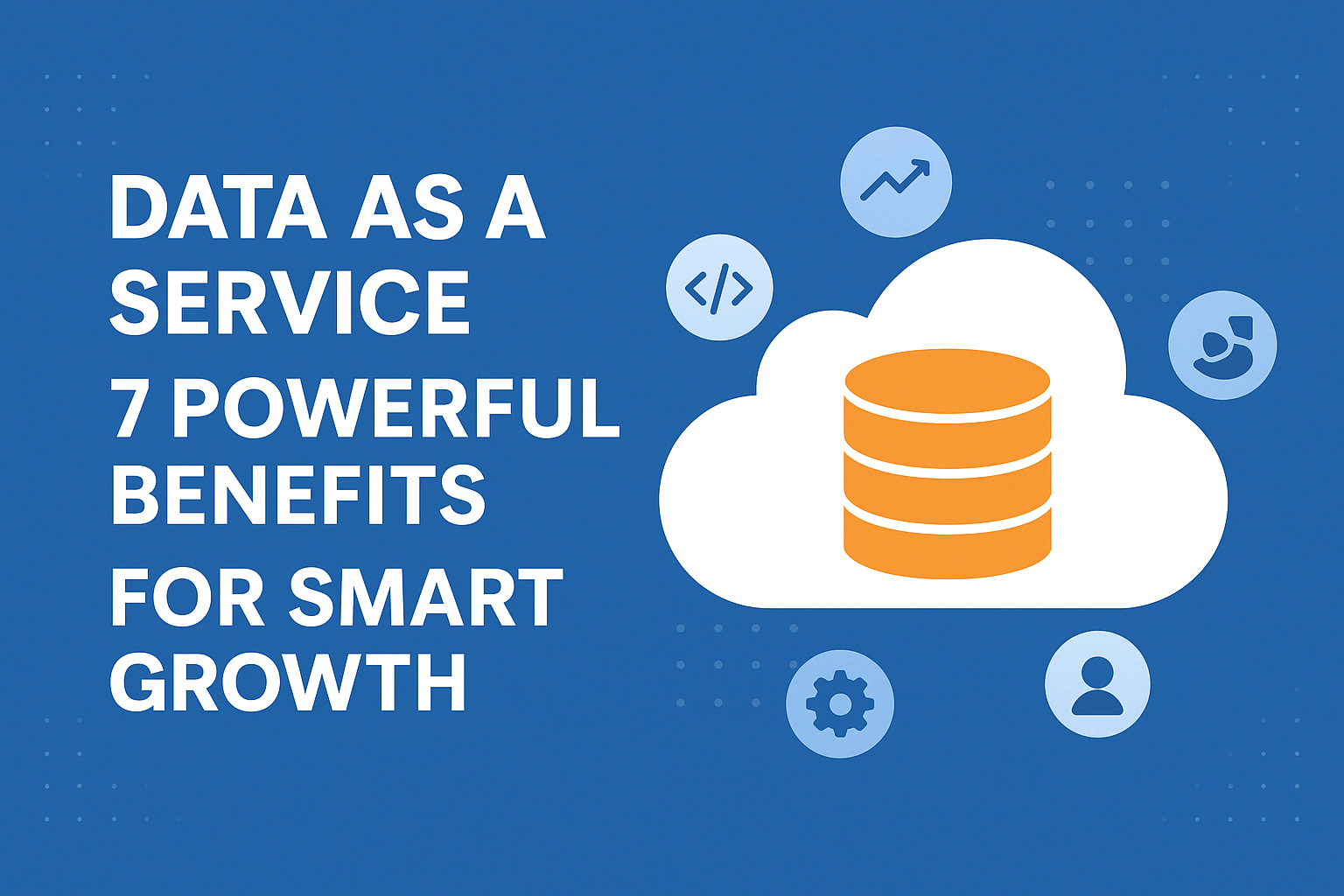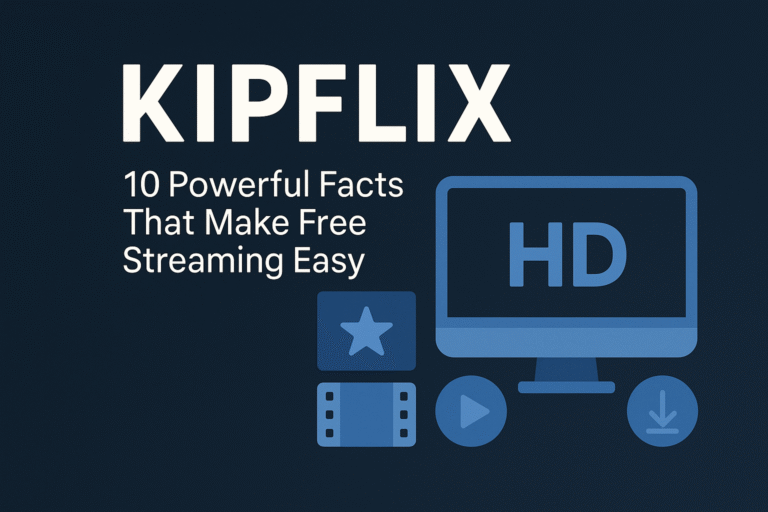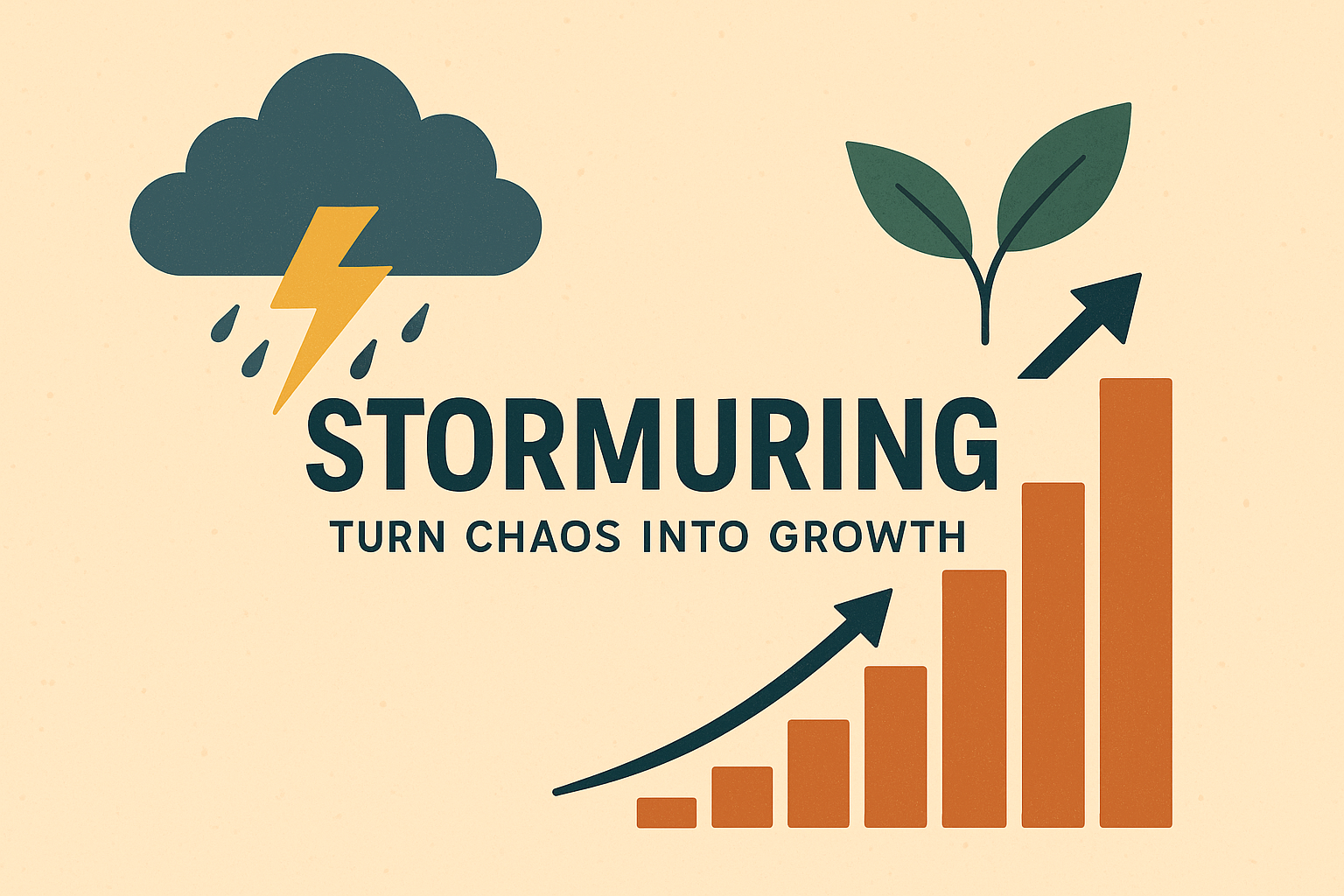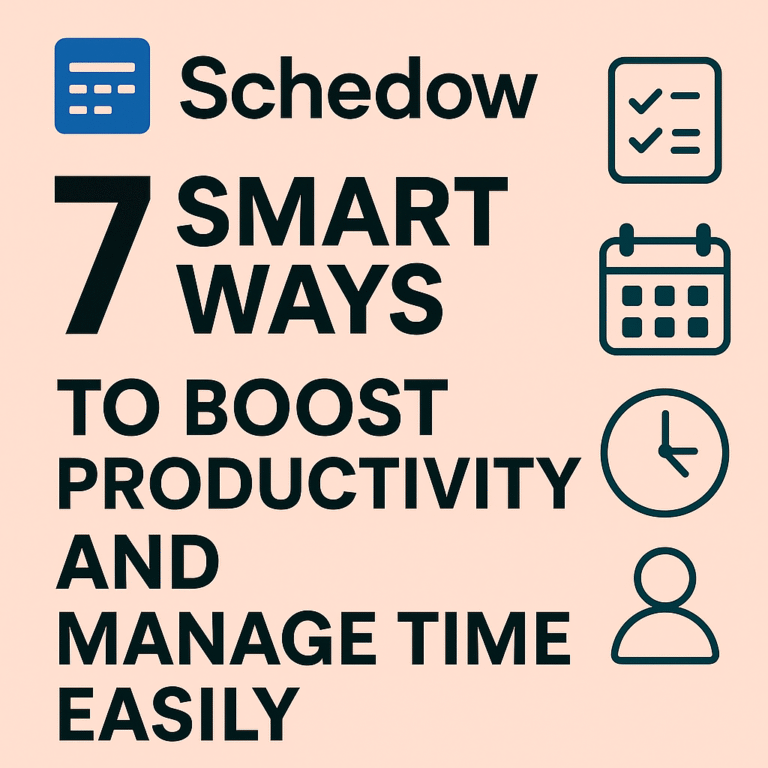Data as a Service DaaS Complete Guide
dados as is one of the most important assets of modern companies
Many teams spend too much time collecting and cleaning data instead of using it to make decisions
dados as a Service or DaaS changes that by turning data into a ready to use service in the cloud
This guide explains what DaaS means how it works its benefits architecture pricing use cases and best practices
What is dados as a Service
Data as a Service DaaS means data delivered on demand through the cloud
Users get access to clean and organized data without building or maintaining complex systems
It is similar to using electricity or internet services
You connect and use what you need and you pay for the amount you use
Main features
- Cloud based access
- Real time or near real time delivery
- Pay as you go or subscription pricing
- Central control and data governance
- High availability and reliability
How it relates to other services
- DBaaS provides databases in the cloud
- SaaS delivers software applications
- DaaS delivers data itself ready for use in analysis or apps
Core parts of a dados as system
- Data sources such as apps sensors and APIs
- Pipelines that collect and clean data
- Storage layers like data lakes or warehouses
- Catalogs that show what data exists and who owns it
- APIs and connectors that deliver the data
- Security layers that protect information
- Monitoring tools to track use and quality
Benefits of using dados as
DaaS brings value both for business and for technical teams
Business benefits
- Faster decisions with ready data
- Less time spent on maintenance work
- Lower costs by using shared infrastructure
- Easier scaling when demand grows
- New income by selling or sharing datasets
Technical benefits
- Consistent and trusted data from one source
- Scalable storage and processing power
- Integration with BI tools and AI systems
- Reliable and stable performance
- Built in security and control
Useful success metrics
| Metric | What it measures | Good result |
|---|---|---|
| Time to access data | How fast new data is ready | Less than 3 days |
| Query speed | Response time of data calls | Under 2 seconds |
| Data freshness | Update speed | Under 5 minutes |
| Data quality | Completeness and accuracy | Above 98 percent |
| Cost efficiency | Cost per query | As low as possible |
How dados asworks
A DaaS platform has several layers that work together
Data ingestion
- Collects information from apps APIs and sensors
- Uses batch or streaming methods
- Can include real time change capture
Data storage
- Saves data in cloud storage or databases
- Keeps raw and processed versions
- Uses cache for faster access
Data delivery
- Provides APIs or SQL access for tools
- Sends data through webhooks or feeds
- Allows self service through portals
Governance
- Data catalog with details and owners
- Lineage tracking to see where data comes from
- Contracts that define format and refresh time
Security
| Method | Purpose |
|---|---|
| Encryption | Protects data in transfer and at rest |
| Access control | Gives permission only to allowed users |
| Data masking | Hides personal information |
| Audit logs | Tracks who accessed data |
| Compliance | Meets privacy laws like LGPD and GDPR |
Pricing and service levels
Common pricing models
- Pay per row of data used
- Pay per API call
- Pay per data volume in gigabytes
- Fixed monthly subscription
- Mixed plans using volume and usage
Typical service levels
| Term | Meaning | Common target |
|---|---|---|
| Uptime | Time the service is online | 99.9 percent |
| Latency | Speed of response | Under 2 seconds |
| Data update | Frequency of refresh | Every few minutes |
| Error rate | Accepted failure rate | Under 1 percent |
| Recovery time | Time to restore service | Under 15 minutes |
Common use cases
Business intelligence
DaaS supplies updated data for dashboards and reports helping teams make decisions faster
Customer enrichment
Marketing and CRM systems can pull extra information about customers to improve targeting
Fraud and risk
Financial companies use DaaS to detect suspicious activity by combining many data sources
IoT and operations
Devices and sensors send data through DaaS for real time monitoring
Machine learning
Data scientists use DaaS to get ready datasets for model training and testing
Checklist for choosing a dados as provider
- Does it cover the data domains your business needs
- Is the data detailed and updated often
- Are there clear metrics for quality
- Does it offer a catalog with ownership and access info
- Is it compliant with privacy laws
- Are APIs and connectors easy to use
- Can it scale without delays
- Is pricing transparent
- Does it have 24×7 support and SLA guarantees
- Can you export data if you change provider
Steps to start using dados as
- Define your goal Identify what data you need and why
- Map sources and users List who provides and who consumes data
- Run a pilot Start with a small dataset to test speed and quality
- Add governance Create a simple catalog and define data owners
- Automate flows Use pipelines for data collection and cleaning
- Track results Watch KPIs like latency and cost
- Train teams Teach users how to find and use the data
- Expand slowly Add more datasets after the first success
Risks and how to manage them
Main risks
- Dependency on a single provider
- Higher bills due to heavy use
- Poor control of who accesses data
- Low data quality or missing updates
- Hard migration to another platform
Ways to reduce risks
- Choose providers with clear SLAs
- Set alerts for usage and cost limits
- Sign data contracts with update rules
- Keep copies of critical datasets
- Prefer open formats for easy export
Monitoring and tracking
| Category | Metric | Review time |
|---|---|---|
| Performance | Average latency | Daily |
| Availability | Service uptime | Weekly |
| Cost | Usage and spend | Monthly |
| Quality | Completeness and freshness | Monthly |
| Security | Access logs and audits | Continuous |
Regular reviews keep the DaaS stable and valuable for your business
Frequently asked questions
Is dados as safe for personal data?
Yes if encryption and privacy controls are active and rules of LGPD or GDPR are followed
Can I connect dados as to my own data lake?
Yes most DaaS platforms have connectors for BI tools and data lakes
How fast can I get responses?
Usually under two seconds for optimized APIs
Can I test data quality before buying?
Yes you can request a sample dataset or trial access
Which pricing model is best?
For constant use monthly plans are better
For irregular access pay per use is more flexible
Conclusion
Data as a Service is more than a technology trend. It is a change in how organizations think about data .Instead of building heavy systems companies can use data like a utility .Teams spend less time on setup and more time on insights
When you use DaaS with clear rules and secure design you get reliable and fresh information every day .That means smarter business choices and faster innovation
